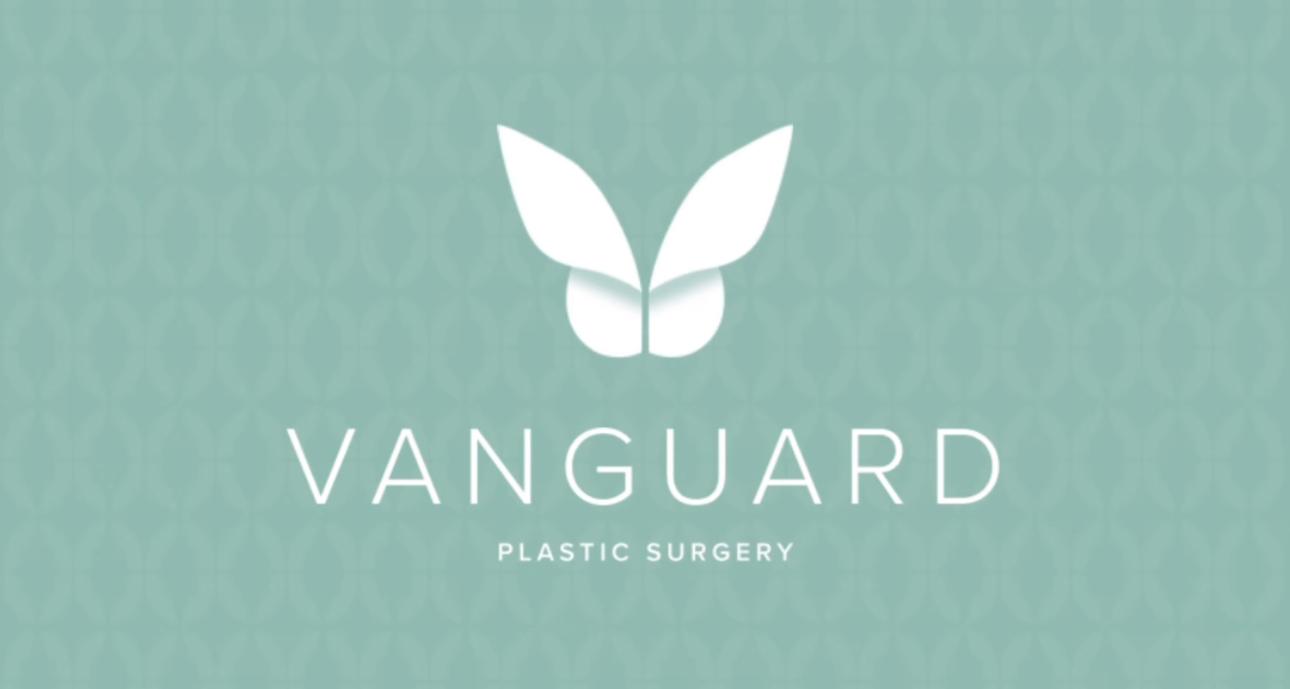Rhinoplasty, commonly known as a nose job, is a surgical procedure to reshape or resize the nose. Some potential benefits of rhinoplasty include:Improved facial harmony: Rhinoplasty can enhance the overall balance and symmetry of the face by reshaping the nose to better fit the features of the face.
Correction of breathing problems: In some cases, rhinoplasty can improve airflow and functionality of the nose, helping to address breathing issues such as a deviated septum.
Boost in self-confidence: Many individuals report feeling more confident and satisfied with their appearance after rhinoplasty, which can have a positive impact on self-esteem.
Correction of structural defects: Rhinoplasty can address structural issues such as bumps on the bridge of the nose, a crooked nose, a bulbous tip, or a nasal hump.
Treatment of injuries: Rhinoplasty can also be used to repair damage to the nose caused by trauma or injury, restoring both aesthetics and function.
As with any cosmetic surgery, it's essential to consult with a qualified plastic surgeon to discuss your goals, expectations, and medical history, as well as to understand the potential risks and limitations of the procedure.

A facelift, medically known as rhytidectomy, is a surgical procedure aimed at rejuvenating the face and reducing visible signs of aging, such as sagging skin and deep wrinkles. Here's an overview of what the procedure typically involves:
Consultation: Before the surgery, you'll have a consultation with a plastic surgeon. During this appointment, you'll discuss your goals, medical history, and the potential risks and benefits of the procedure.
Anesthesia: Facelifts are usually performed under general anesthesia or local anesthesia with sedation, depending on the extent of the surgery and the surgeon's preference.
Incisions: The surgeon will make discreet incisions in strategic locations, often along the hairline and around the ears, to minimize visible scarring. The exact placement and length of the incisions will depend on the specific techniques used and the areas of the face being addressed.
Tissue repositioning and tightening: After making the incisions, the surgeon will lift and reposition the underlying facial tissues, including the muscles and fat pads, to create a more youthful contour. Excess skin may also be trimmed or removed.
Closure: Once the facial tissues have been repositioned and excess skin removed, the incisions are carefully closed with sutures or other methods. This helps to ensure minimal scarring and optimal healing.
Recovery: After the surgery, you'll need to follow your surgeon's post-operative instructions carefully. This may include wearing bandages or compression garments, avoiding strenuous activities, and attending follow-up appointments.
It's important to note that while a facelift can produce significant and long-lasting results, it does not stop the natural aging process entirely. Over time, you may continue to experience some degree of facial aging, but many people find that the results of their facelift last for many years. Additionally, some individuals may choose to combine a facelift with other procedures, such as eyelid surgery or brow lift, for more comprehensive facial rejuvenation.
Choosing the optimum breast size is a highly personal decision and can depend on various factors, including individual preferences, body proportions, lifestyle, and aesthetic goals. Here are some considerations to help guide your decision:
Body Proportions: Consider how the size of your breasts will complement the rest of your body. Some people prefer a more proportional look where the size of the breasts harmonizes with their overall body frame.
Physical Considerations: Think about the practical aspects of having larger or smaller breasts. Larger breasts may be heavier and can potentially cause physical discomfort or back pain, while smaller breasts may offer more comfort and ease of movement.
Aesthetic Preferences: Consider the aesthetic appearance you desire. Some people prefer a more natural look, while others may desire more noticeable volume. It can be helpful to look at before-and-after photos to visualize different breast sizes and shapes.
Lifestyle: Consider your lifestyle and how your breast size may impact activities such as exercise, clothing choices, and social interactions. Some activities may be more comfortable or practical with a certain breast size.
Health Considerations: Discuss any health considerations with your plastic surgeon, such as the potential impact of breast size on posture, physical comfort, and long-term health.
Communication with your Surgeon: During your consultation with a board-certified plastic surgeon, openly discuss your goals and expectations. Your surgeon can provide valuable insight into what breast size may be achievable based on your anatomy and desired outcome.
It's essential to approach the decision with careful consideration and realistic expectations. Ultimately, the optimum breast size is the one that makes you feel confident, comfortable, and happy with your appearance. Working closely with a qualified and experienced plastic surgeon can help you make an informed decision and achieve your desired results.






